Location
129 to 160 of 959 results
-
Burgumermarpleats
Burgumermarpleats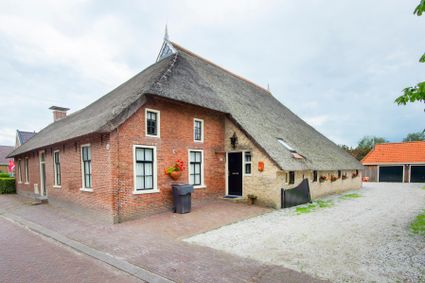 Jistrum
Jistrum -
De Forelpoel
De Forelpoel Kollumerzwaag
Kollumerzwaag -
Oostmahorn Beach and Play Area
Oostmahorn Beach and Play Area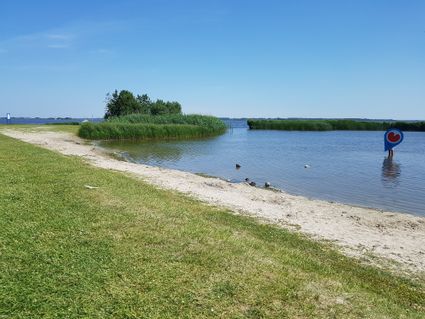 Anjum
Anjum -
Veerpont Lauwersoog
Veerpont Lauwersoog Lauwersoog
Lauwersoog -
Keersluis en brug Munnekezijl
Keersluis en brug Munnekezijl Munnekezijl
Munnekezijl -
Goddeloze brug
Goddeloze brug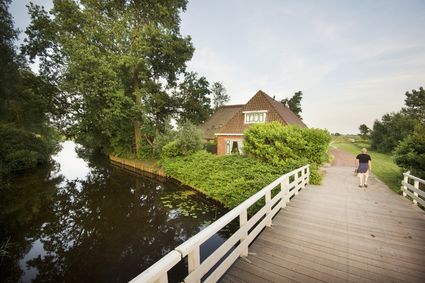 Broeksterwâld
Broeksterwâld -
It Lytse Slot Manor
It Lytse Slot Manor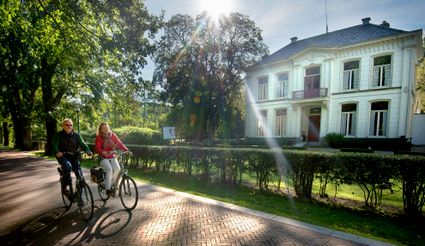 Veenklooster
Veenklooster -
Pure Rust
Pure Rust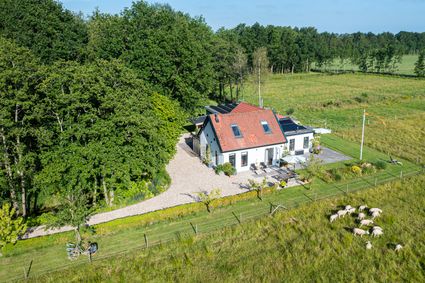 Wouterswoude
Wouterswoude -
it Dreamlân groupaccommodation
it Dreamlân groupaccommodation Kollumerpomp
KollumerpompDirect boekbaar
-
Bonkevaart - Elfstedentocht Finish Line
Bonkevaart - Elfstedentocht Finish Line Leeuwarden
Leeuwarden -
Landal Esonstad
Landal Esonstad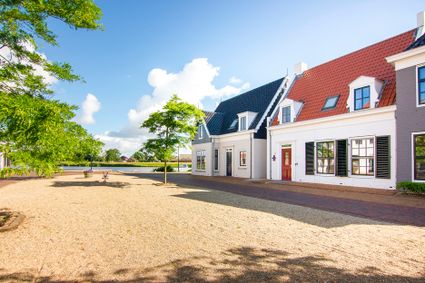 Anjum
Anjum -
Varen met Rob
Varen met Rob Leeuwarden
Leeuwarden -
De Twirre
De Twirre Earnewald
Earnewald -
Aldegonda
Aldegonda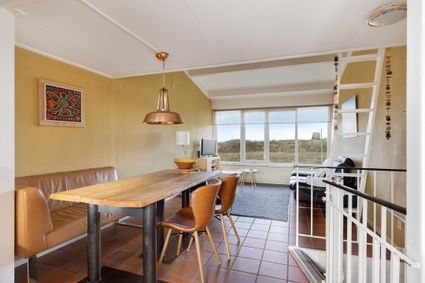 Schiermonnikoog
Schiermonnikoog -
Vlieland - 2e Kroon's polder - Vogelkijkhut
Vlieland - 2e Kroon's polder - Vogelkijkhut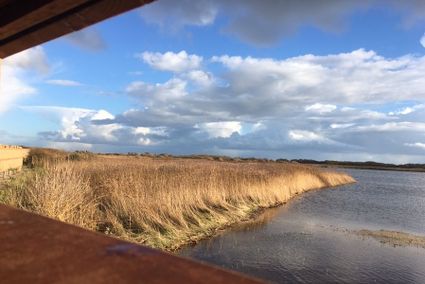 Oost-Vlieland
Oost-Vlieland -
B&B Thús yn Hantum
B&B Thús yn Hantum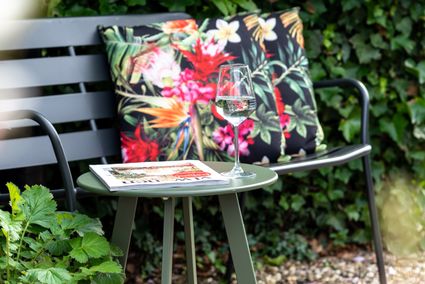 Hantum
Hantum -
Toeristisch Informatiepunt Dokkum
Toeristisch Informatiepunt Dokkum Dokkum
Dokkum -
Wetterkr8 Suptours
Wetterkr8 Suptours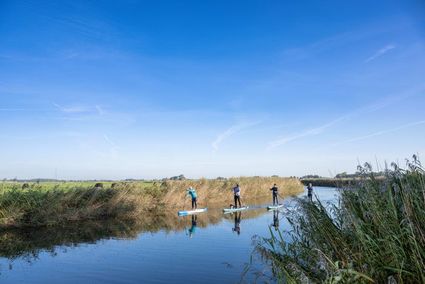 Dongjum
Dongjum -
Ritskebos
Ritskebos Burgum
Burgum -
Groenteboer Leistra
Groenteboer Leistra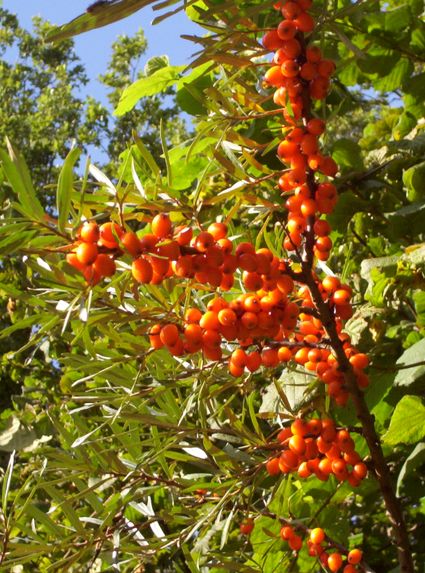 Gytsjerk
Gytsjerk -
Noard-Fryslân Bûtendyks
Noard-Fryslân Bûtendyks Marrum
Marrum -
Piaam - De Ral - Vogelkijkhut
Piaam - De Ral - Vogelkijkhut Piaam
Piaam -
Wad'n Hûs
Wad'n Hûs Kollum
Kollum -
it Dreamlân ecolodge
it Dreamlân ecolodge Kollumerpomp
KollumerpompDirect boekbaar
-
Molen 'De Zwaluw'
Molen 'De Zwaluw'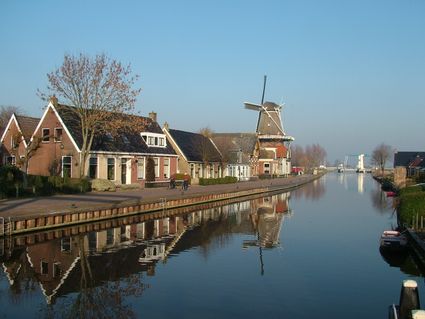 Burdaard
Burdaard -
E.M. Beimastraat
E.M. Beimastraat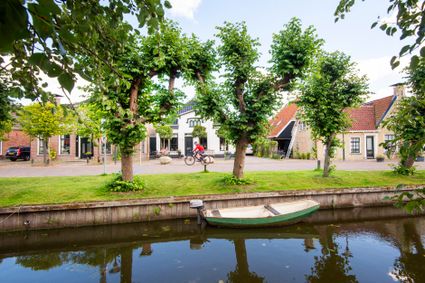 Eastermar
Eastermar -
Antoniuskerk Surhuizum
Antoniuskerk Surhuizum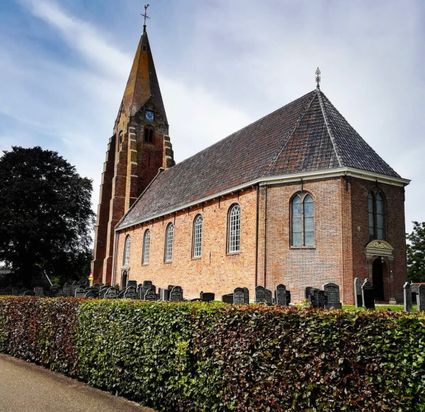 Surhuizum
Surhuizum -
Historische akkers Achterwei
Historische akkers Achterwei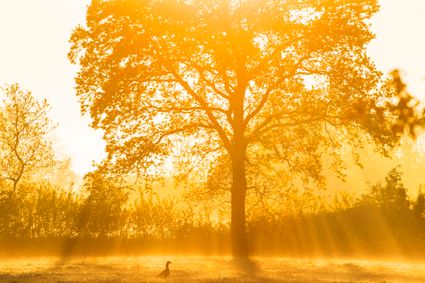 Eastermar
Eastermar -
Stichting Wadloopcentrum Pieterburen
Stichting Wadloopcentrum Pieterburen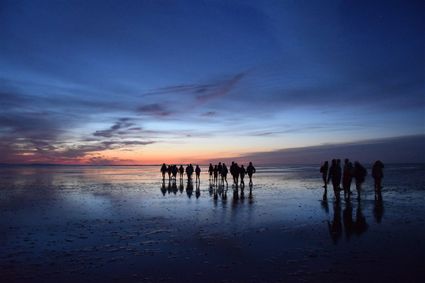 Lauwersoog
Lauwersoog -
Suvelfabryk
Suvelfabryk Lioessens
Lioessens -
Pluk en theetuin Vreedebest
Pluk en theetuin Vreedebest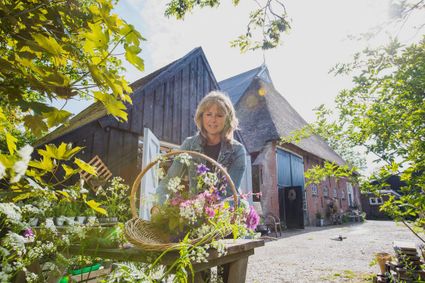 Bornwird
Bornwird -
Spoekeloantsje
Spoekeloantsje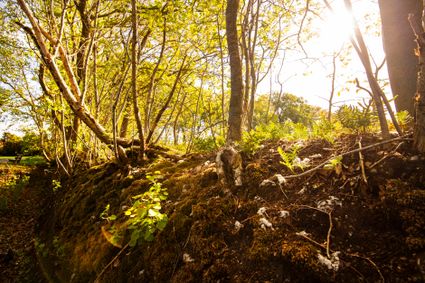 Eastermar
Eastermar
